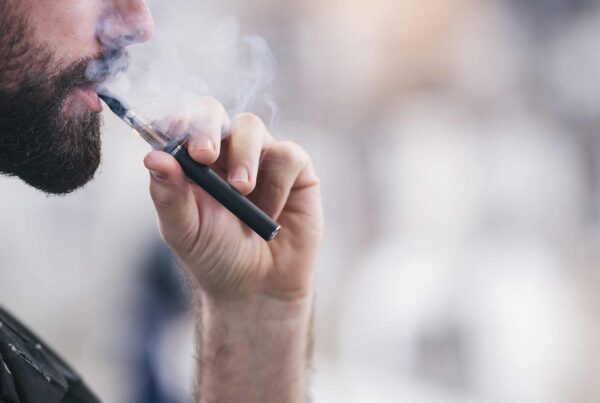Breathing is the most essential function of life—something we often take for granted until it becomes difficult. When someone struggles to breathe, it can quickly lead to panic and confusion, both for the individual affected and for those around them. Whether the cause is a chronic medical condition, a sudden obstruction of the airway, or an acute allergic reaction, knowing how to respond promptly and appropriately can make the difference between life and death.
Breathing difficulties can manifest in a variety of ways. Individuals may report shortness of breath or find it hard to inhale or exhale fully. Some may produce wheezing or other abnormal respiratory sounds, or complain of a tight sensation in the chest. In more severe cases, a bluish discoloration of the lips or fingernails may be visible, indicating insufficient oxygen levels. As oxygen deprivation progresses, signs such as dizziness, confusion, or even loss of consciousness may occur. These symptoms demand immediate attention.
In an emergency, the first and most important step is to remain calm. Panic can worsen the situation, both physiologically and emotionally. Encouraging the person to sit upright and lean slightly forward can help open the airways and reduce the effort required to breathe. It is essential to check if the airway is blocked, especially if the individual is unable to speak, cough, or breathe. In such cases, interventions like the Heimlich manoeuvre for adults or back blows and chest thrusts for infants may be necessary. If the person is still able to cough or breathe, they should be encouraged to attempt to expel the obstruction on their own.
For those with known respiratory conditions such as asthma, administering a prescribed inhaler can be beneficial. In situations involving severe allergic reactions, the use of an epinephrine auto-injector (such as an EpiPen) can be life-saving, and should be administered promptly if available and appropriate. It is important to note that these interventions should be used only if the individual has been prescribed such medications.
Breathing difficulty brought on by anxiety or hyperventilation can often be alleviated by encouraging controlled, slow breathing. Guiding the person to inhale gently through the nose and exhale slowly through pursed lips may help restore a more normal respiratory rhythm.
There are clear circumstances in which emergency medical services must be contacted without delay. If the person stops breathing entirely, is gasping for air, experiences severe chest pain, or becomes unconscious, professional medical help must be summoned immediately. If the situation deteriorates to the point of respiratory or cardiac arrest, cardiopulmonary resuscitation (CPR) should be initiated and continued until emergency personnel arrive.
Prevention remains a key component of respiratory health. Avoiding known allergens and environmental irritants, abstaining from smoking, carrying prescribed medications for chronic conditions, and equipping oneself with basic knowledge of first aid and CPR can significantly reduce the risk of serious complications during respiratory emergencies.
Breathing emergencies can be terrifying, but with prompt recognition and decisive action, outcomes can be dramatically improved. Being informed and prepared ensures that in a moment of crisis, you can provide the help that matters most. Your ability to respond swiftly and correctly can save a life.
This article is written by Dr. Abhishek Chatterjee, Head of Department, Emergency Medicine and edited by Akankshya Mahapatra




